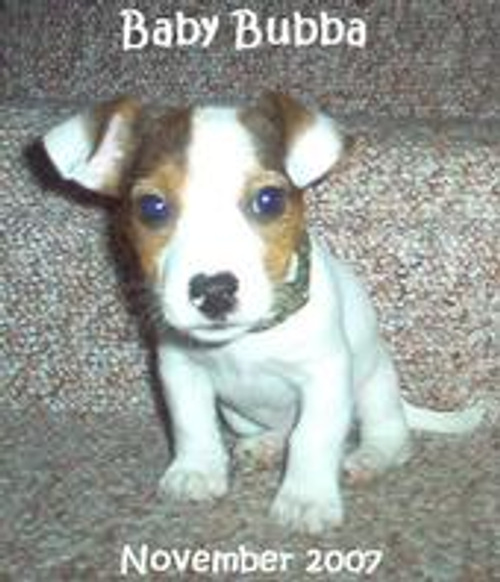
So do you think you know everything about monkeys? Did you know that monkeys don't catch cold? Or, that a monkey was the he only animal judged and convicted in a trial? Here are 10 interesting facts about monkeys for you to discover.
Monkeys can be classified into three main groups with important differences between them. Primates or anthropoid monkeys are chimpanzees, gorillas, orangutans and gibbons. In the second group we find the so-called Old World Monkeys, meaning different species of baboons, mandrils, or macaques, with tails, and inferior to those in the first category. In the third group, that of the New World Monkeys, we find monkeys in the Central and South America, including the most primitive species.
- The male of the howler monkey in Amazonia is the loudest creature on the planet and its howl can be heard as far as 16 kilometers. Howler monkeys are the laziest monkeys spending 80% of their life sleeping.
- The rarest monkey in the world is the Golden Lion Tamarin (Leontopithecus chrysopygus) that still lives in two forest regions near the Brazilian town of Sao Paulo. It is a reddish orange to golden brown in color and it was first listed as endangered in 1982, rising to critically endangered in 1996, and today, researchers estimate that there about 75 individuals.
- Chimpanzees are the only monkeys that can drink water using a “glass” made from a leaf. Moreover, chimpanzees can immediately learn how to use a “real” cup or glass. Also, they wash their teeth just like people do.
- The smallest monkey is the pygmy marmoset (Cebuella pygmaea), adults growing to a height of 11 to 14cm, with a tail of 17 to 22cm length, weighing 75 grams. Pygmy marmosets come from northern South America. They are extremely agile and they eat tree sap, but also small insects and fruits.
- The largest monkey is the Mandrill (Mandrillus sphinx), which is a relative of the baboon. The male mandrill averages 25 to 35 kg and a body length of 81-90cm, while females, 11 to 14kg and 55-66cm in length. An unusually large male can weigh 50kg.
- The largest anthropoid monkey and the largest of the living primates in the world is the gorilla. In 1920, a gorilla male of 1,88 meters and 260kg was shot in Zair. The biggest gorilla of all times was a male Mountain Gorilla (Gorilla beringei beringei), called N'gagi, that died at 18, at a zoo in San Diego, in 1944. N'gagi weighed 310 kg. Researchers believed that it turned obese due to captivity and food abundance, which probably caused its early death.
- A monkey was the only animal judged and convicted in a trial, in the last century, in Alabama, United States. The monkey was accused for having smoked in public
- Monkeys are worshiped in India being considered as the manifestation of the monkey god Hanuman. In the mythology of Hinduism, Hanuman is he monkey commander of an army of monkeys. In the great Hindu Sanskrit poem "Ramayana" (“Romance of Rama”), Hanuman helped Rama, an important Hindu god, recover his wife, Sita, from the demon Ravana, king of Lanka. As a sign of recognition for his services to Rama, Hanuman is upheld by Hindus as a model for human devotion, and monkeys are, by extension, considered sacred.
- Monkeys in Africa and Asia always have 32 teeth. Due to the fact that they are more primitive, monkeys in Central and South America have 36 teeth.
- From 1973, only in United States, over 60.000 monkeys of different species and types have been tortured and killed during lab science experiments, while in the European Union, only in 2004, about 10.000 monkeys became victims of experiments made in the name of science.












































